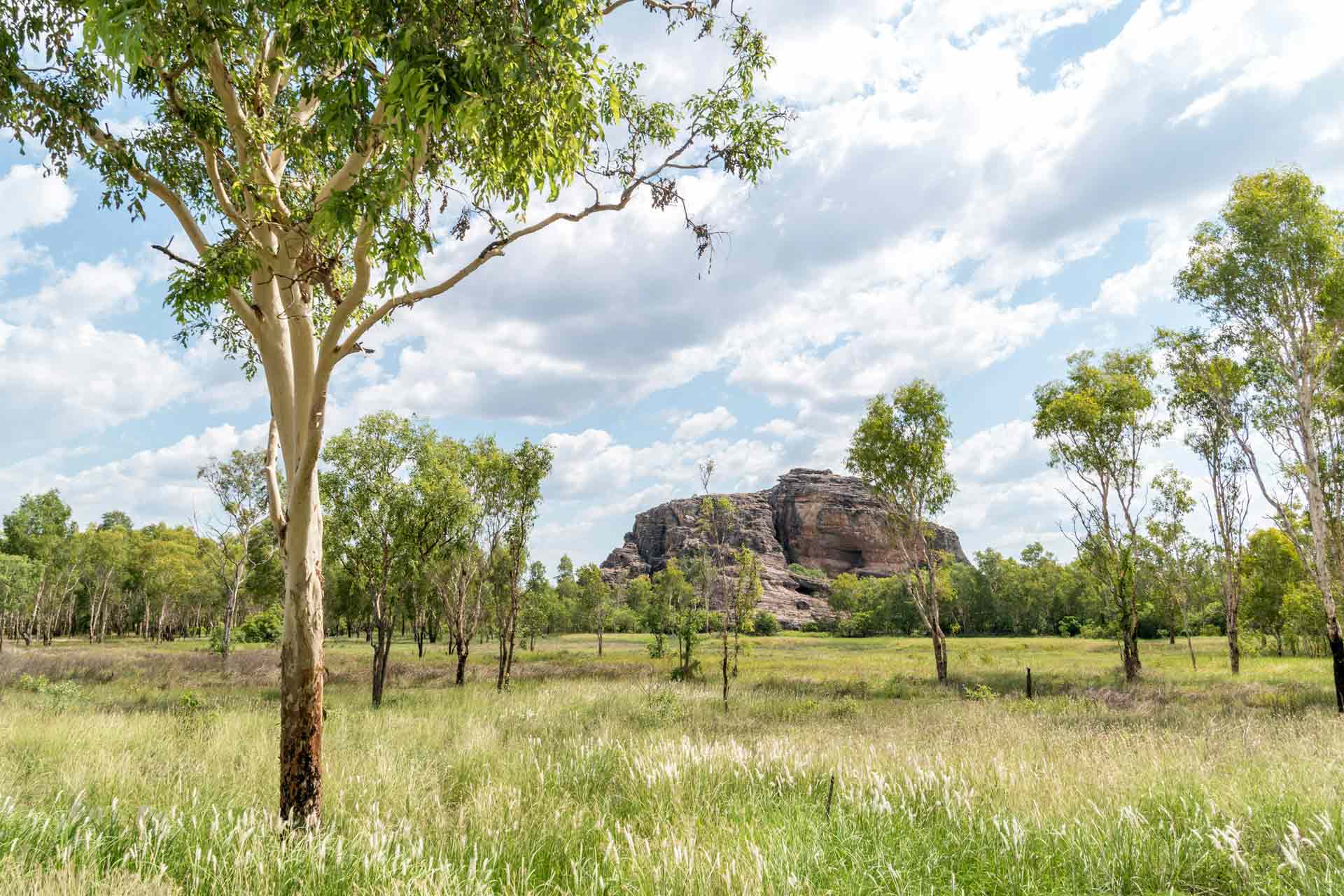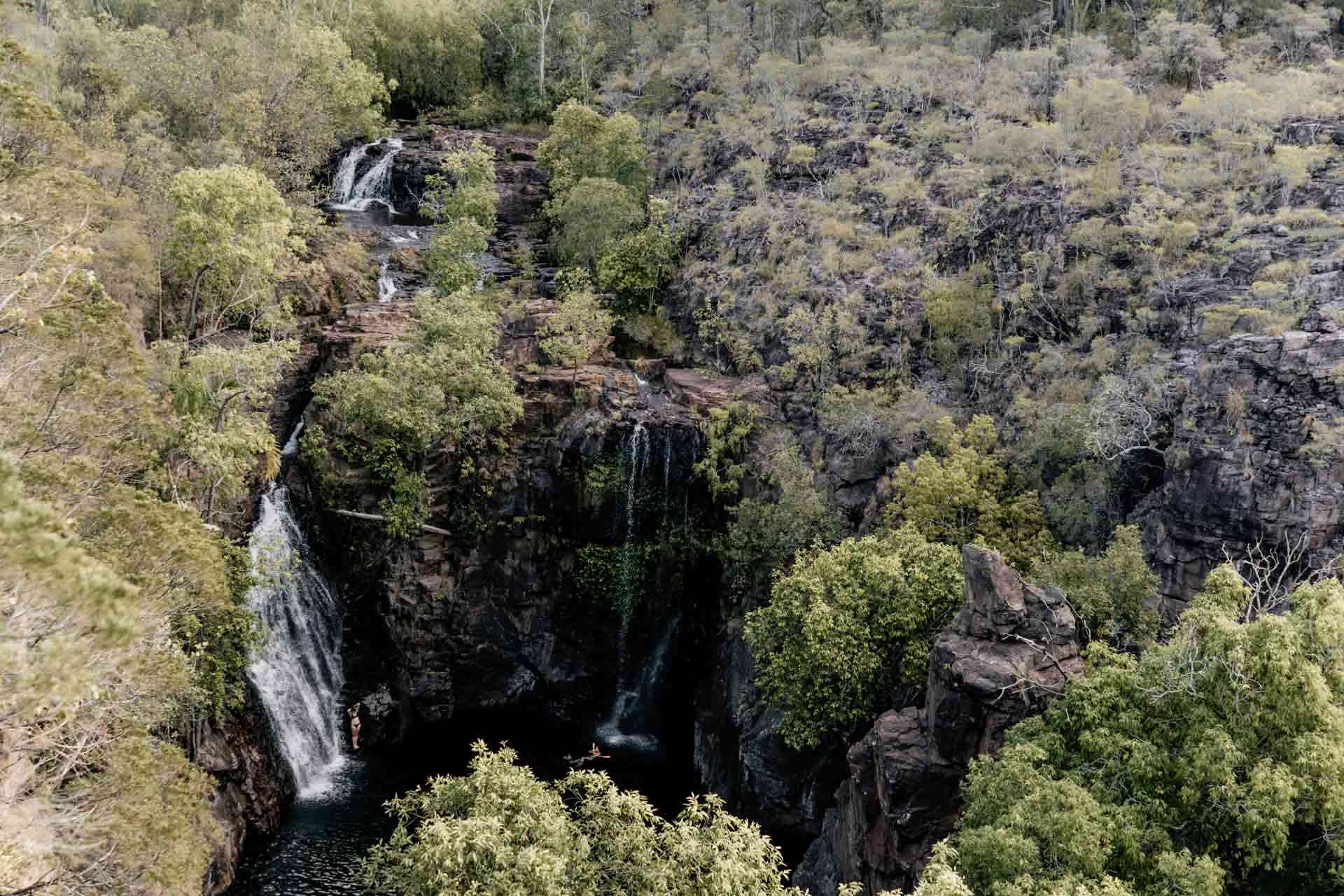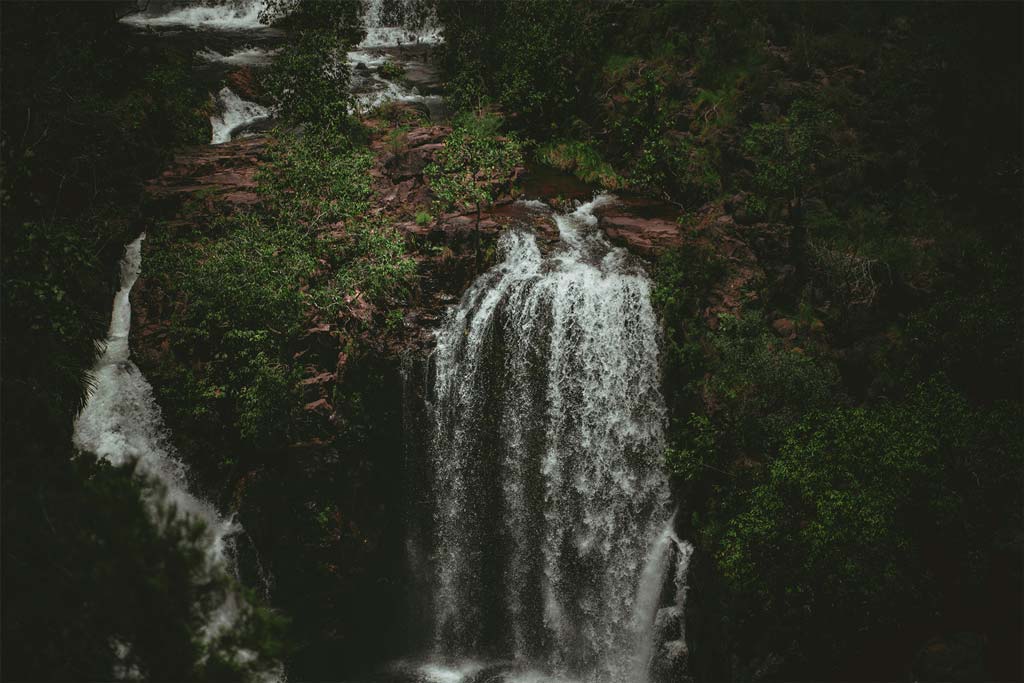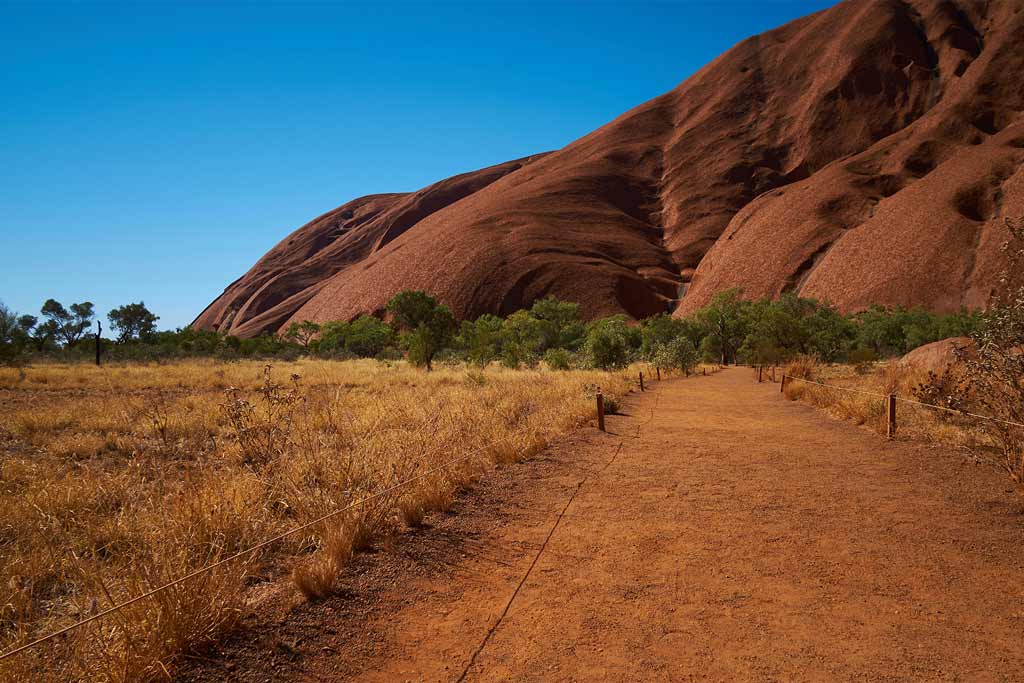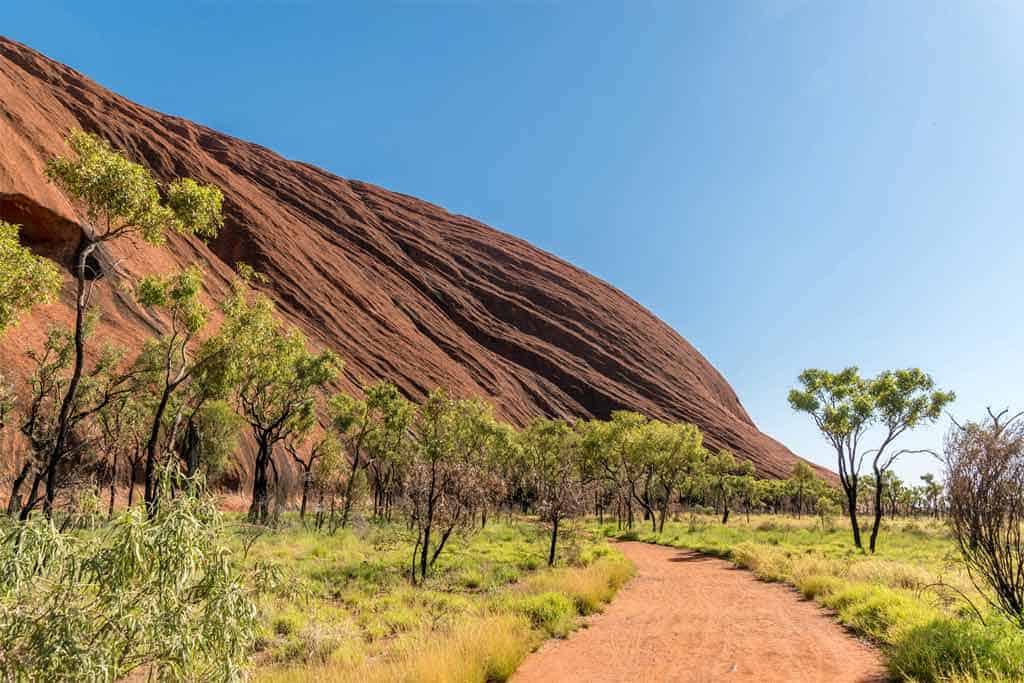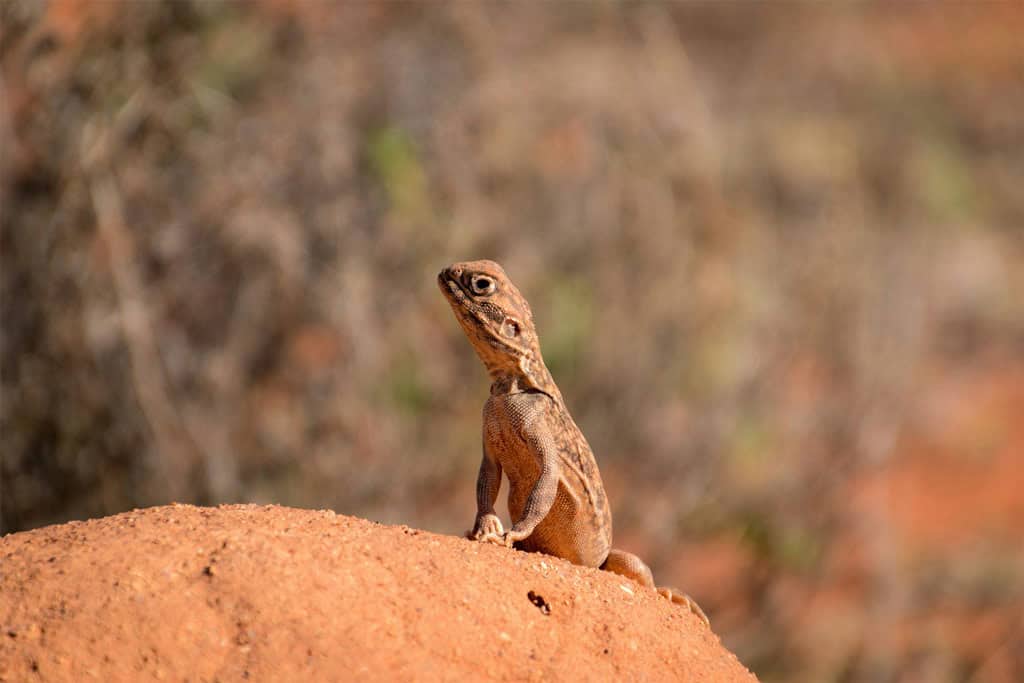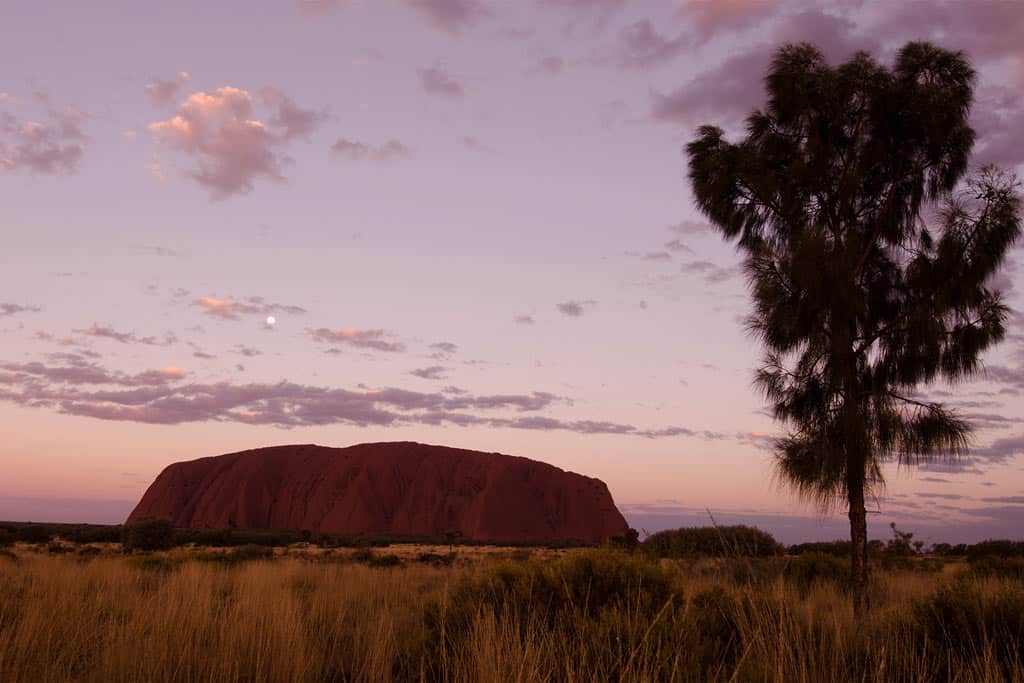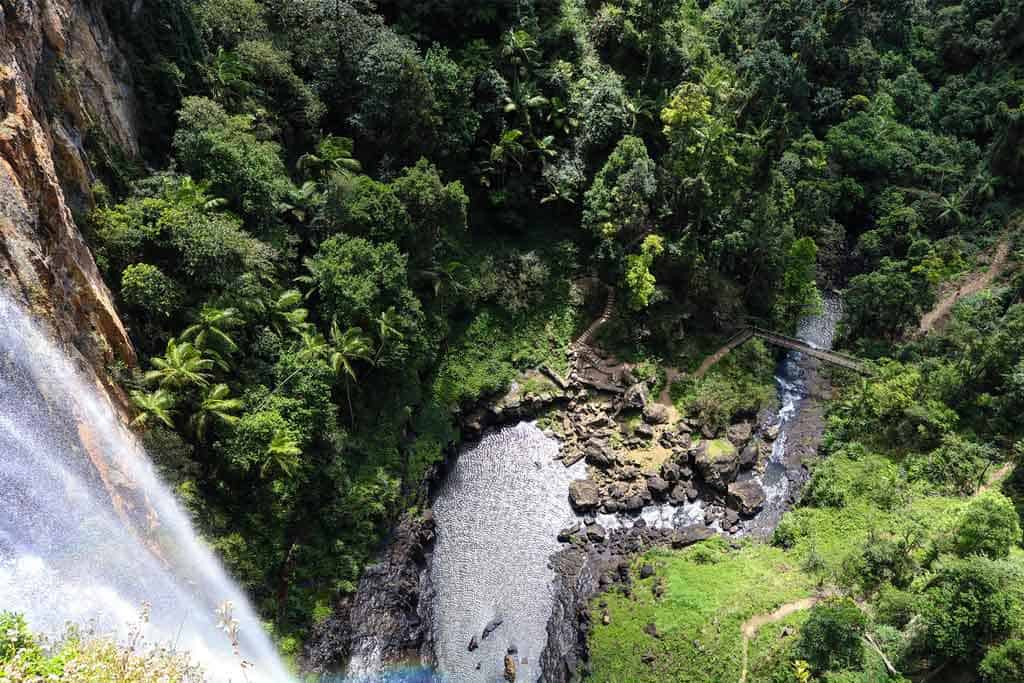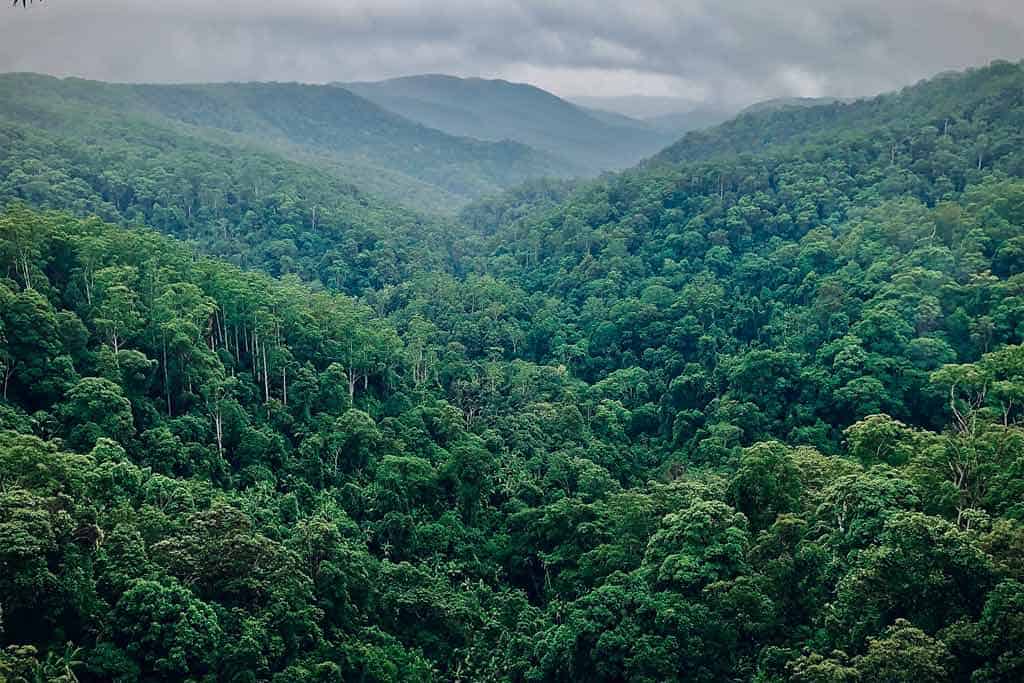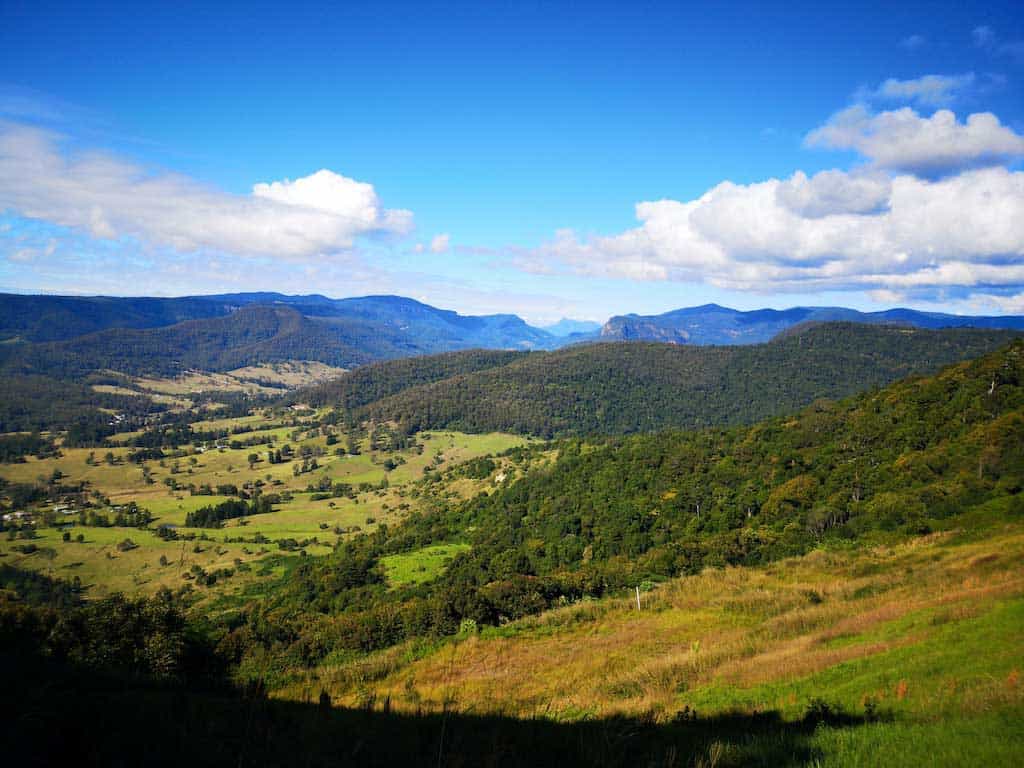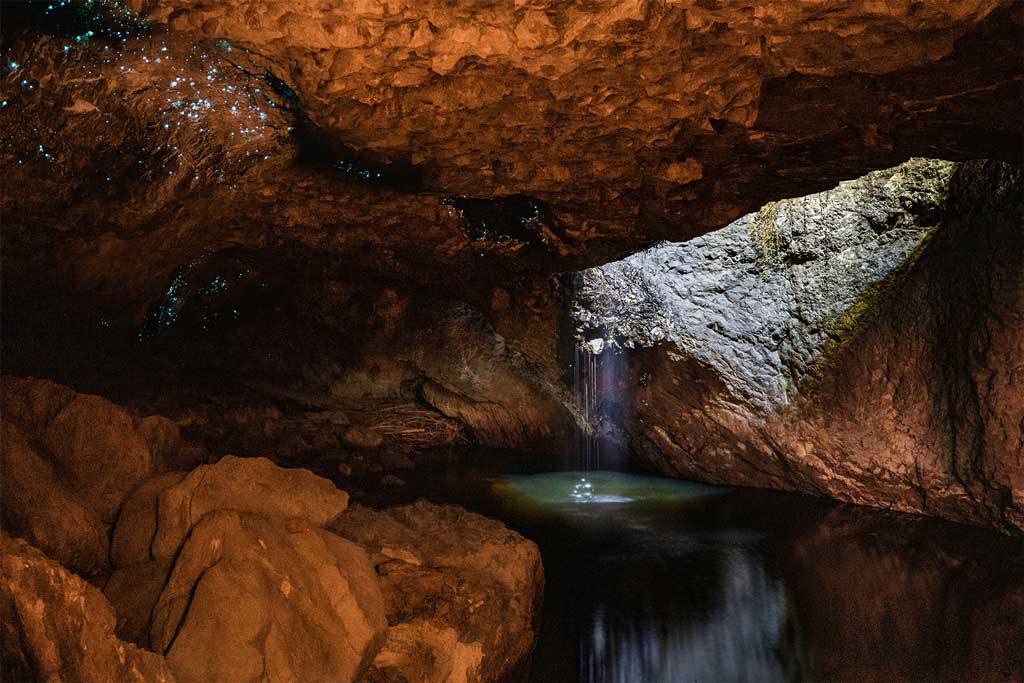Here is your guide to the best Kakadu National Park walks, including scenic lookouts, ancient Aboriginal rock art sites, and more.
Located in the Northern Territory, about three hours from Darwin, Kakadu National Park is Australia’s largest national park.
With stunning waterfalls tumbling into natural swimming holes, ancient rock art older than the pyramids, and lush landscapes that change with the seasons, Kakadu is also one of the country’s most impressive parks.
Kakadu National Park is also a UNESCO World Heritage site, celebrated for its cultural significance and breathtaking natural beauty. One of the best ways to truly appreciate it is on foot.
During your walks, expect to find bird-filled wetlands, dramatic escarpments, tranquil billabongs, and lush patches of monsoon forest.
In addition, Kakadu is home to the world’s oldest living culture. The park is jointly managed by traditional Aboriginal owners and Parks Australia, which makes a visit here even more meaningful.
If you’re into hiking, you’re definitely in for a treat. The walks here range from short and easy to long and rewarding.
Find more self-drive adventures with these epic Northern Territory road trips!
13 Amazing Kakadu National Park Walks
There’s no better way to experience the magic of Kakadu than by hitting its trails. The park has a variety of walking tracks that showcase its most iconic landscapes and cultural sites.
From breathtaking escarpment views to wildlife-rich wetlands and fascinating rock art, these walks take you deep into the heart of Australia’s Top End, where you can watch the beauty of Kakadu unfold before your eyes.
We’ve put together this list to help you choose the best walks for your visit, whether you’re up for a short scenic stroll or a more challenging adventure.
Please note that some trailheads are only accessible by 4-wheel drive, especially during certain times of the year. Check the national parks website for alerts and other info!
The best way to get around is to rent a car and explore on your own! We recommend Rental Cars, which has the largest range of vehicles for the best value on the market.
1. Burrungkuy (Nourlangie) Rock Art Walk
- Distance – 1.5 km loop
- Duration – 45 minutes
- Difficulty – easy
- Start / Finish Points – Burrungkuy (Nourlangie) car park
If you’re interested in the area’s culture and history, the Burrungkuy (Nourlangie) Rock Art Walk is a great trail to explore. This easy 1.5 km loop takes you through ancient rock shelters and escarpments where you can view some of the park’s most impressive rock art.
One of the highlights along this trail is the Anbangbang Gallery, a well-known rock art site featuring vibrant depictions of ancestral beings, including Namarrgon, the Lightning Man, and traditional hunting scenes.
The galleries, created by Aboriginal people over thousands of years, offer a powerful glimpse into their stories, spirituality, and way of life.
Interpretive signs along the trail help bring the artwork to life and explain the deep connection between the Traditional Owners and the surrounding landscape.
The Burrungkuy Rock Art Walk is accessible year-round, including during the wet season, when the escarpment country bursts into color. It is suitable for a reasonably fit person and can be completed in under an hour.
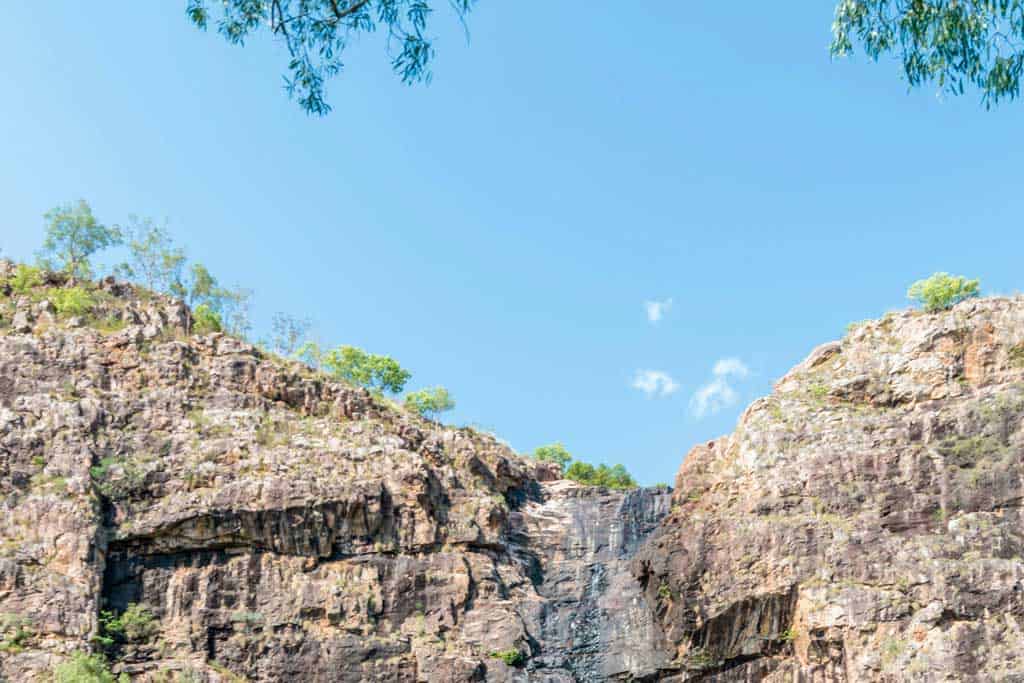
2. Gubara Pools Walk
- Distance – 6 km return
- Duration – 2 to 3 hours
- Difficulty – moderate
- Start / Finish Points – Gubara car park (accessed via Nourlangie Road)
The Gubara Pools Walk is a rewarding 6 km return trail that takes you through savanna woodland and stone country to a series of shady rock pools fed by stunning waterfalls during the wet season.
This relatively gentle walk takes you to sun-exposed stretches and sheltered sections of rainforest, making it a great choice for those looking to escape the crowds and soak in Kakadu’s more tranquil side.
At the end of your adventure, you’ll reach the plunge pool area. Stop by for a refreshing dip when water levels allow.
While the waterfalls here are most active during or after the wet season, there’s water at the plunge pool year-round. It’s one of Kakadu’s quieter gems, ideal for those seeking nature, solitude, and a bit of swimming along the way.
3. Bowali Track
- Distance – 4 km return
- Duration – 1 to 1.5 hours
- Difficulty – easy
- Start / Finish Points – start at the opposite of the Mercure Kakadu Crocodile Hotel in Jabiru and end in the visitor centre
The Bowali Track links the Bowali Visitor Centre with the township of Jabiru. It’s perfect for stretching your legs while taking in some of Kakadu’s natural beauty at a relaxed pace.
The hiking trail winds through open woodland and clusters of paperbarks, where you can spot fascinating bird life, especially in the late afternoon when the area comes alive with movement and birdsong.
As you set out on your walks, take a moment to appreciate the deep connection the traditional owners, the Bininj/Mungguy people, have with this land.
The visitor centre itself is a fantastic place to learn more about their culture, as well as the plants, animals, and landscapes that make Kakadu so amazing.
4. Nawurlandja Lookout Walk
- Distance – 600 m return
- Duration – 30 minutes
- Difficulty – easy
- Start / Finish Points – Nawurlandja car park (near Burrungkuy/Nourlangie)
The Nawurlandja Lookout Walk may be a short hike, but it is a rewarding one. It’s a gentle climb up a sandstone slope that leads to one of the most breathtaking views in Kakadu National Park.
From the top, enjoy sweeping vistas over the Arnhem Land escarpment, Anbangbang Billabong, and the surrounding stone country.
The Nawurlandja Lookout may require a climb, but it’s one of those spots that gives you a real sense of Kakadu’s scale and ancient beauty, something you might also glimpse on a Kakadu scenic flight.
But hiking allows you to experience it up close, with the stillness and birdsong in the background. The lookout is especially magical around sunset, when the escarpment glows gold and red.
Although the trail is short, it’s important to come prepared, as conditions can be unpredictable.
5. Ubirr Walk
- Distance – 1 km loop + 250 m optional lookout
- Duration – 1 hour
- Difficulty – easy to moderate
- Start / Finish Points – Ubirr car park
The Ubirr Walk is one of the most iconic hiking trails in Kakadu National Park, and for good reason. This easy/moderate loop takes you through Ubirr rock, a site known for its stunning Aboriginal rock art, some of which is believed to be over 20,000 years old.
As you walk among the ancient galleries, you can gain insight into the stories and traditions of the traditional owners, the Bininj/Mungguy people, who have cared for this land for countless generations.
The hiking trail finishes with a short climb to the top of Ubirr rock, where you’ll be met with incredible sunset views over the Nadab floodplain and the distant Arnhem Land escarpment. This hiking adventure perfectly captures the sheer scale and beauty of this World Heritage area.
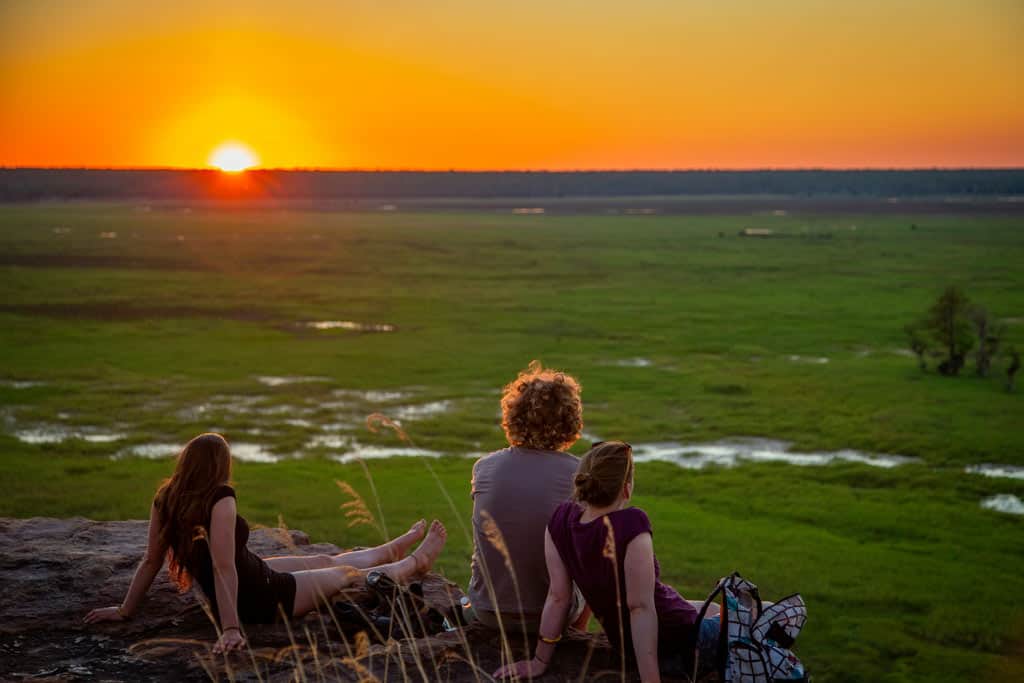
6. Jim Jim Falls Walk
- Distance – 2 km return
- Duration – 1 to 2 hours
- Difficulty – moderate to difficult
- Start / Finish Points – Jim Jim Falls car park (dry season access only; 4WD required)
The Jim Jim Falls Walk takes you deep into Kakadu’s dramatic stone country, where towering cliffs and lush forest surround one of the park’s most stunning waterfalls.
The 2 km return trail is a bit of a rocky scramble in parts, but the reward at the end is well worth it, especially in the dry season, when you can reach the plunge pool and gaze up at the sheer cliffs where the water drops from 200 meters above!
During the wet season, hiking trips to the plunge pool is not permitted. However, you can still take in their full glory on a scenic flight, an exciting way to see this iconic spot and appreciate the scale of Kakadu’s wild terrain.
Visit Jim Jim Falls on a guided multiday 4WD adventure of Kakadu from Darwin!
7. Twin Falls Gorge Walk (via boat shuttle and boardwalk)
- Distance – 1.8 km return
- Duration – 1 hour
- Difficulty – moderate
- Start / Finish Points – After the boat shuttle, via Twin Falls car park (4WD + seasonal access)
The Twin Falls Gorge Walk is a true Kakadu highlight, leading you into one of the most spectacular corners of the national park.
After a short boat shuttle through the gorge (operates in the dry season), follow a scenic hiking trail that winds over rocks and alongside the crystal-clear creek. At the end, you’re rewarded with views of the stunning waterfalls that give the trail its name – twin streams plunging over towering cliffs into a shady gorge.
While swimming may not always be possible at the base of the falls, the views of these stunning waterfalls are epic! Plus, there are designated spots nearby where you can relax and dip your feet.
A park pass is required to visit this area. And if you’re coming here during the dry season, a 4WD vehicle may be necessary to access the site.
Read next: The Ultimate 7 Day Darwin Itinerary, NT, Australia
8. Gunlom Lookout Walk
- Distance – 1 km return
- Duration – 30 minutes
- Difficulty – moderate to difficult
- Start / Finish Points – Gunlom car park
The Gunlom Lookout Walk is one of the most iconic trails in Kakadu National Park, featuring incredible views over the southern hills and stone country. The short but steep walk rewards you with panoramic scenery and access to the famous Gunlom plunge pool at the top.
As you go hiking along the Gunlom Lookout Walk, you’ll pass through classic outback terrain before reaching the natural infinity-edge plunge pool, which has become a favorite for many visitors to the national park.
Please note that the Gunlom plunge pool may be closed for cultural reasons at the request of Traditional Owners.
When planning your visit, check the official Kakadu National Park website for current access status and other info to help you plan a safe and respectful trip.
The Gunlom Lookout Walk is also considered one of the trickiest trails in the park due to its steep incline and rugged surface. For a safer and more enjoyable adventure, consider booking tours through operators like Willis’s Walkabouts. They have in-depth knowledge of the area and offer guided tours.
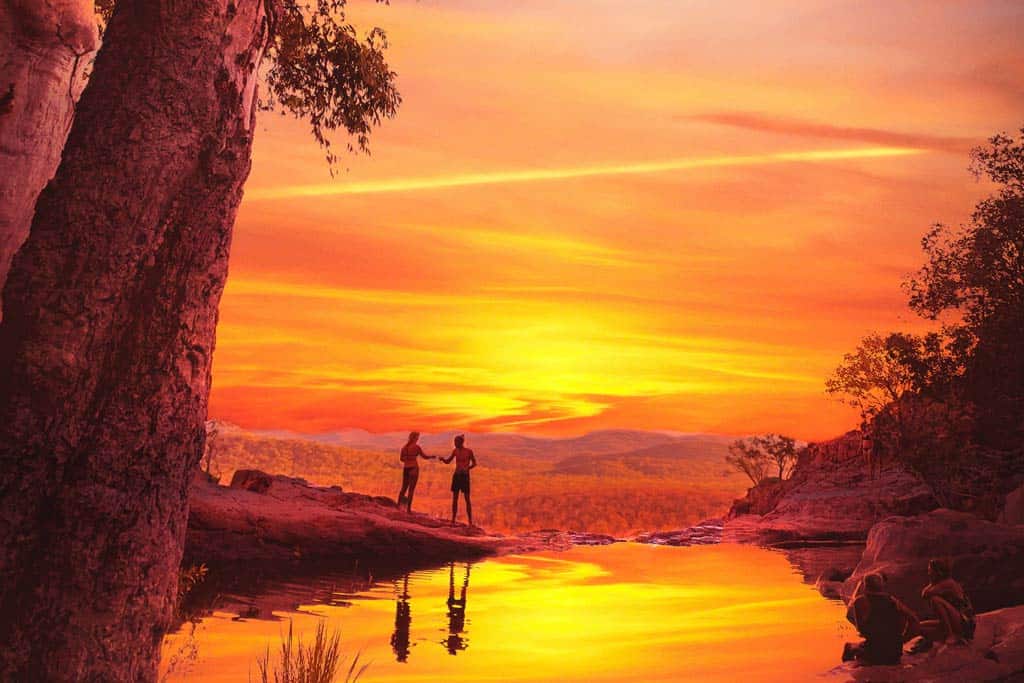
9. Mardukal Billabong Walk
- Distance – 1 km loop
- Duration – 30 minutes
- Difficulty – easy
- Start / Finish Points – Mardukal campground trackhead
If you’re looking for a peaceful hiking experience with a high chance of spotting wildlife, the Mardukal Billabong Walk is a great trail to tackle.
Due to its flat terrain, it’s considered one of the easiest walks in the park, winding through thick woodlands and alongside tranquil billabongs.
Located near the famous Yellow Water Billabong, this walk is ideal for birdwatchers. During your hiking adventure, keep an eye out for magpie geese, kingfishers, and even the occasional jabiru.
Many visitors also choose to take a Yellow Water cruise to explore the billabong by boat, which offers a unique and equally stunning perspective of the wetlands and their wildlife.
Some travellers who book nature tours or stay at a nearby camp would walk this trail for its calm, accessible setting.
If you’ve done similar trips in Yellow Water, this walk makes a perfect addition. It’s a lovely way to start or end your day at Kakadu Park and a great chance to spot local wildlife without needing to go far.
10. Nanguluwurr Rock Art Site Walk
- Distance – 3.4 km return
- Duration – 1.5 to 2 hours
- Difficulty – easy to moderate
- Start / Finish Points – just off the Kakadu Highway, west of Burrungkuy (Nourlangie)
Nanguluwurr Rock Art Site Walk is a fantastic trail for those interested in hiking through Kakadu’s ancient landscapes while diving deep into its cultural history.
The 3.4 km return trail leads you through sparse bushland to a rock shelter that features a stunning collection of Aboriginal rock art.
The Nanguluwurr Rock Art Site features hand stencils, animal figures, and even contact-era depictions, such as sailing ships, which provide a powerful glimpse into thousands of years of storytelling and tradition.
This is one of those trails that have become a favorite stop on cultural walks with Willis’s Walkabouts, which offer immersive adventure experiences across Northern Australia.
Explore more walks around Australia with our complete Australia hiking guide!
11. Maguk (Barramundi Gorge) Walk
- Distance – 2 km return
- Duration – 1 to 1.5 hours
- Difficulty – moderate
- Start / Finish Points – Maguk car park (4WD access only)
If you’re craving a bit of adventure in Kakadu National Park, the Maguk (Barramundi Gorge) Walk should be on your list.
This short but rewarding hiking trail leads you through light-dappled woodlands and over gentle rock crossings before arriving at a spectacular plunge pool.
At the end of your adventure, you’ll be greeted by one of the most stunning waterfalls in the park, cascading into a crystal-clear plunge pool that’s perfect for a refreshing swim.
Maguk offers that quintessential Australian outback experience. It’s raw, rugged, and incredibly spectacular!
This is one of those Kakadu walking trips that appeal to nature lovers, photographers, and anyone looking to escape the crowds and enjoy the peaceful side of the national park. If you want to explore with a guide, join a 3-day camping tour from Darwin!
12. Mamukala Wetlands Walk
- Distance – 3 km loop
- Duration – 1.5 hours
- Difficulty – easy
- Start / Finish Points – Mamukala Wetlands car park, off the South Alligator Road
The Mamukala Wetlands Walk is one of the best ways to experience the amazing wildlife and birdlife of Kakadu National Park. Located just a short drive from Jabiru, this easy walk takes you through different areas of wetland and woodland, with incredible views and a peaceful atmosphere that’s perfect for nature lovers.
Expect to see thousands of birds and other interesting wildlife species during your walks, especially at the end of the dry season. You will usually find them gathering around the water’s edge.
There are interpretive signs along the trail that help you understand the area’s delicate ecosystems, making this an ideal stop for educational trips, self-guided walks, or guided tours.
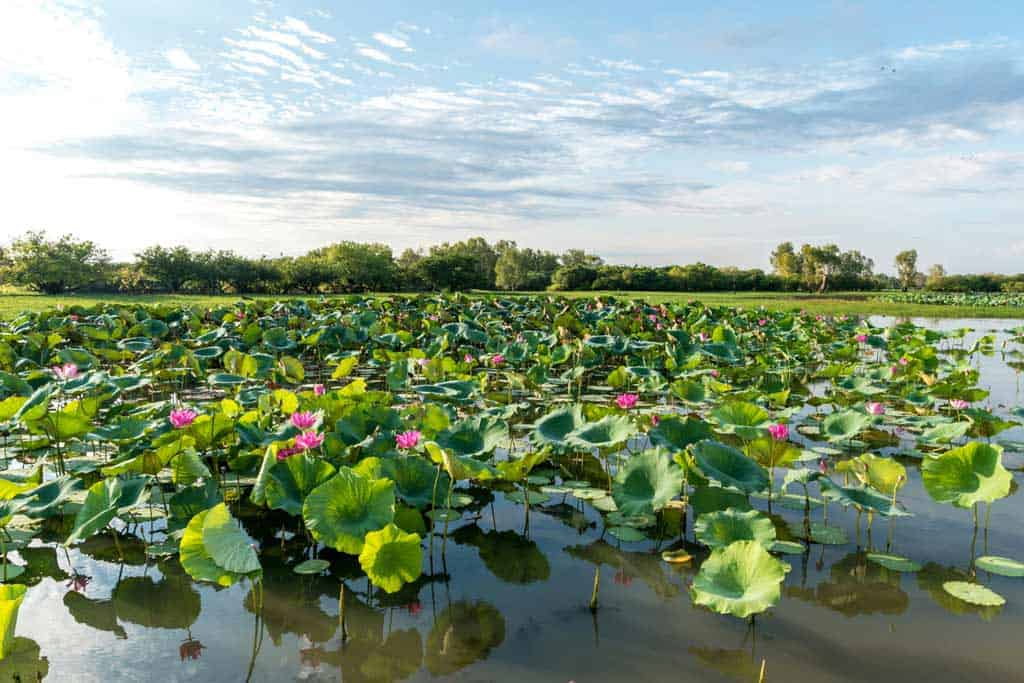
13. Bardedjilidji Walk
- Distance – 3.4 km return
- Duration – 1.5 to 2 hours
- Difficulty – easy to moderate
- Start / Finish Points – small car park located 500 m from the upstream boat ramp on the East Alligator River
If you’re seeking a real adventure in the heart of Australia, hike along the Bardedjilidji Walk.
This loop trail winds through sandstone formations, lush forested pockets, and paperbark groves near the East Alligator River, creating a landscape that feels otherworldly and deeply connected to the land.
Along the way, you’ll have the chance to explore caves and crevices, many of which were used by Aboriginal people for thousands of years. The area is rich in wildlife, so keep an eye out for birds, reptiles, and other creatures that thrive in this unique habitat.
Ideal for short trips or daytime hiking tours, the Bardedjilidji Walk is a true adventure for those wanting to connect with Kakadu’s rugged beauty and vibrant wildlife.
DISCLAIMER: Some of the links in this article are affiliate links, which means if you book accommodation, tours or buy a product, we will receive a small commission at no extra cost to you. These commissions help us keep creating more free travel content to help people plan their holidays and adventures. We only recommend the best accommodations, tours and products that ourselves or our fantastic editorial team have personally experienced, and regularly review these. Thanks for your support, kind friend!
